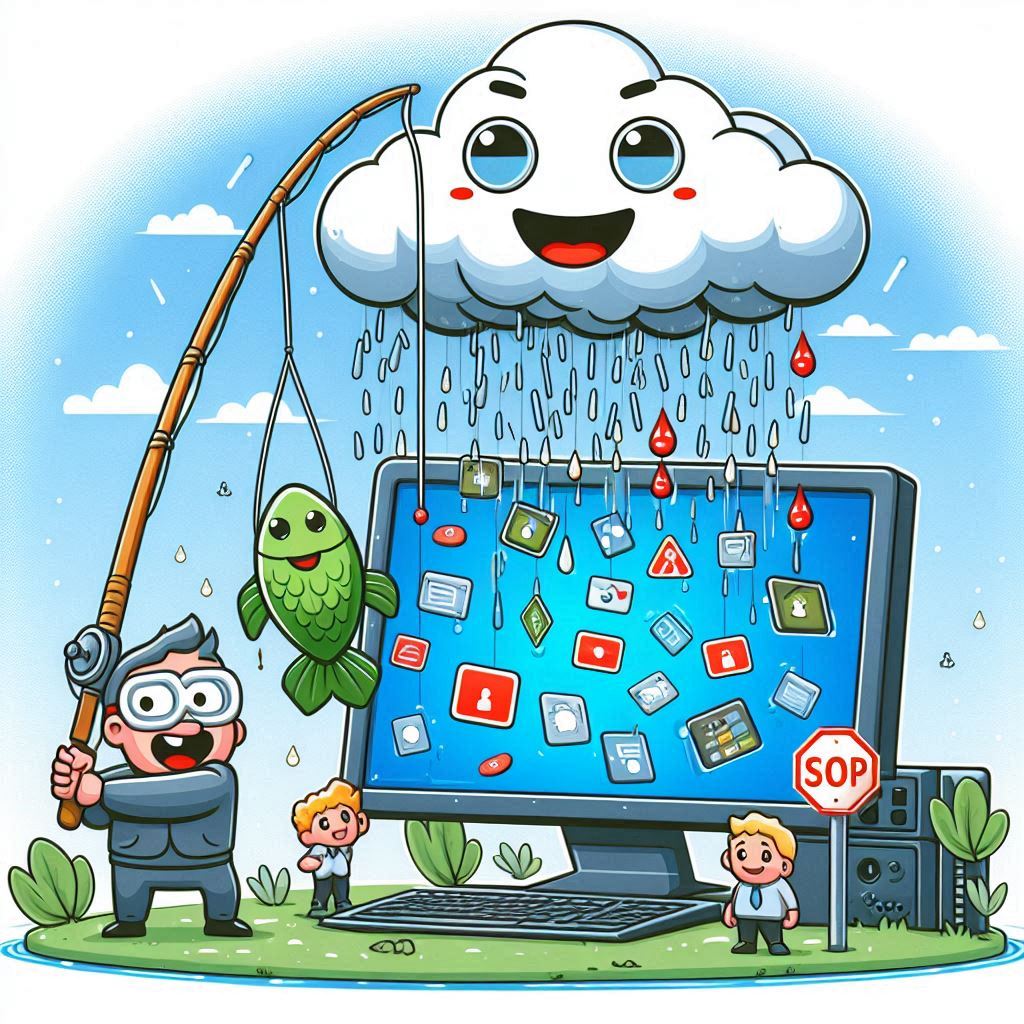Phishing: Understand One of the Most Dangerous Cyber Threats
In today’s digital world, technology has made our lives easier and faster. However, it has also increased the risk of cyberattacks. One of the most common and dangerous cyber threats is phishing. Phishing is a type of cyberattack where attackers pretend to be someone else to trick people and steal their sensitive information, such as passwords, bank details, and personal data.
What is Phishing?
Phishing is an online scam where cybercriminals use fake emails, websites, phone calls, or messages to mislead people and steal their personal information.
When Does Phishing Happen?
Phishing can happen anytime, but it is more common during festivals, holidays, or special events. Cybercriminals take advantage of these occasions by sending fake offers, bank notifications, or fraudulent government messages.
Why Do Criminals Use Phishing?
The main reasons behind phishing are Stealing money, Collecting personal information, Gaining unauthorized access to business data, Identity theft, Hacking into government or corporate systems
Types of Phishingर
Email Phishing : Fake emails trick users into sharing sensitive information. e.g. "Your account will be closed soon. Click here to reactivate."
SMS Phishing (Smishing): Fake messages try to steal information. e.g. "You have won ₹10,000 cashback! Click here to claim."
Voice Phiching(Vishing) : Fraud through phone calls. Example: "Your debit card will be blocked if you don’t share your PIN."
Spear Phishing: Fake messages try to steal information. e.g. "You have won ₹10,000 cashback! Click here to claim."
Whaling : Targeting high-profile individuals like CEOs or government officials.
Clone Phishing: Copying a real email to send a fake one.
How Does Phishing Work?
Fake Messages: Cybercriminals send emails or SMS that look real.
Links or Attachments: These emails may contain fake website links or harmful files.
Stealing Information: If users enter their details on a fake website, hackers steal their data.
Installing Malware: Fake attachments may install viruses on the user’s device.
Real-Life Examples of Phishing
Bank Fraud: A person in Mumbai lost ₹3 lakh by trusting a fake email from his bank.
Electricity Bill Scam: People in Delhi received fake messages about unpaid bills and were tricked into paying on a fake website.
Social Media Fraud: A businessman in Bengaluru lost over ₹1 lakh after hackers took control of his account and asked his friends for money.
Fake Job Offer Scam: A student in Chennai lost ₹50,000 as a "registration fee" for a fake job.
Why is Phishing Dangerous?
Financial Loss: Victims may lose their hard-earned money.
Identity Theft:Stolen data can be misused for fraud.
Emotional Stress: Victims may feel anxious, embarrassed, and lose trust in online systems.
Awareness and Participation
This blog has provided valuable information about cybersecurity, but it is equally important to recognize your responsibility. Stay vigilant to protect yourself, your family, friends, and your social circle from cyberattacks and cybercrimes. Share this blog with your friends, family, and community to spread awareness. Regularly update yourself on cybersecurity information and make others aware of it. Let’s work together to create a secure digital India.
Phishing is a serious cybercrime, and awareness is the best way to stay safe. In the next article, we will discuss why people fall for phishing and the psychological tricks behind it.
Call to Action:
Contributors:
Authors: Gagan Deep & Saminder Kaur

